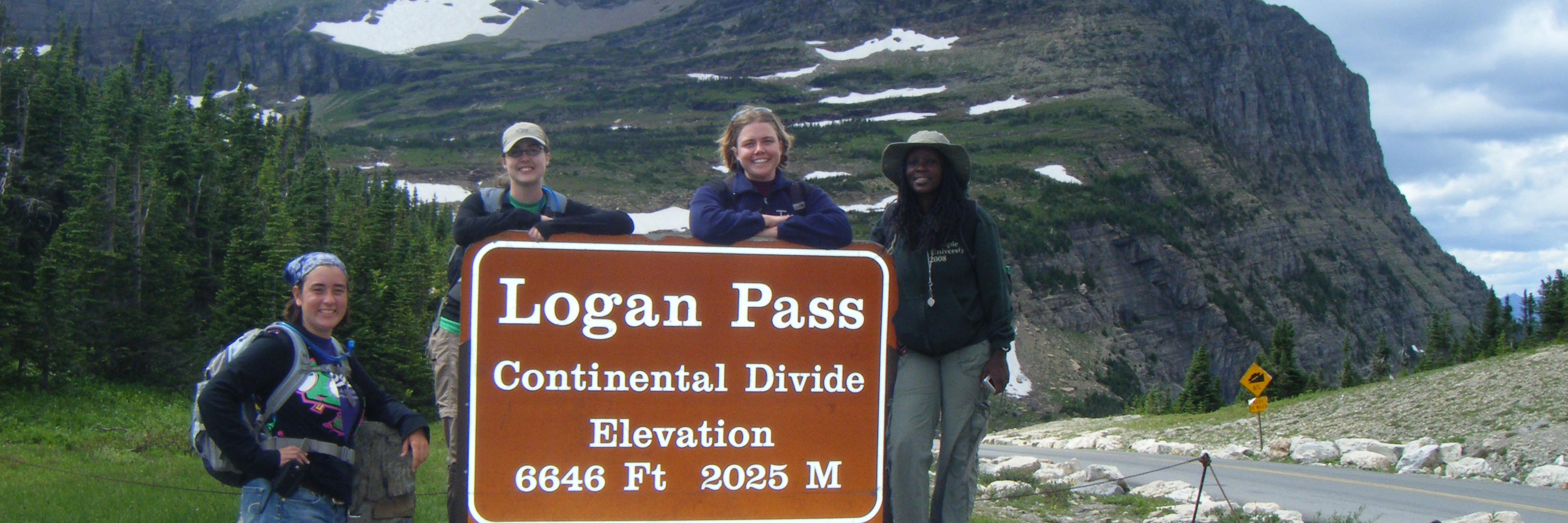The virtual, online version of Field Geology Fundamentals in Montana and Wyoming is designed to teach students field geology skills, thought processes and workflows without requiring them to actually go into the field. It is recommended for students who are unable to participate in a rigorous field experience.
E432 Virtual Course
What this course includes
This course is as close as possible to a face-to-face course without actually going into the field. It includes:
- Video lectures to replace the classroom and outcrop lectures;
- GPS located field stop data:
- Field videos describing and showing the rocks and physiography;
- Photos of outcrops, hand samples, and hand lens views
- Field notes for some outcrops from the geologists in the field;
- Field sketches of some outcrops from the geologists in the field;
- Google Earth Pro for 3-D visualization of outcrop settings, tracing contacts away from the video field stops, etc.;
- Topographic maps for geologic mapping;
- Cross section construction, stereonet analysis, and other geologic analysis tools to develop and defend a geologic interpretation;
- Report writing.
Time requirements and what you will learn
This course is as academically rigorous as the IUGFS face-to-face field courses but does not involve physically working in the field or living at the IU Geologic Field Station in Montana. It requires about 30-40 hours of structured learning plus up to 25 hours of “homework” per week for four consecutive weeks. Students who took the first offering of our virtual course in 2020 told us they learned an immense amount about geologic mapping, geoscience interpretation, time management, and geoscience project management. However, most students also found the course very difficult because of the amount of computer screen time and the isolation of working online.
E432 Prerequisites and working environment requirements
EAS E432 requires a minimum of two years of a standard undergraduate geoscience curriculum including one introductory course plus at least one course in each of the following:
- sedimentology and/or stratigraphy
- mineralogy and/or petrology
- structural geology and/or tectonics
A course in Earth history plus additional topical courses are beneficial, but not required.
During the course you will need to have (or have access to) the following resources and tools:
- A laptop or desktop computer that can run Google Earth Pro, Zoom, a word processor, a spreadsheet, a pdf reader, e-mail, etc.
- Internet with enough speed to participate in online presentations/discussions, run Google Earth Pro, use online learning tools, etc.
- A smart phone camera, other digital camera, or scanner to capture images of work you do on paper so that you can submit them via e-mail or a web portal.
- Various office supplies (paper, pencils, pens, colored pencils, ruler, calculator, etc.)
Interested in taking this course?
If you are interested in this virtual course, you are responsible for confirming with your home university that this virtual course will be counted for field course credits toward your degree.
Because this is a virtual course, there are some aspects of doing field work which the course cannot truly replicate (e.g., the experience of being in the field, hiking over the topography, touching the rocks, working in different weather conditions and types of vegetation, etc.).

 The College of Arts
The College of Arts